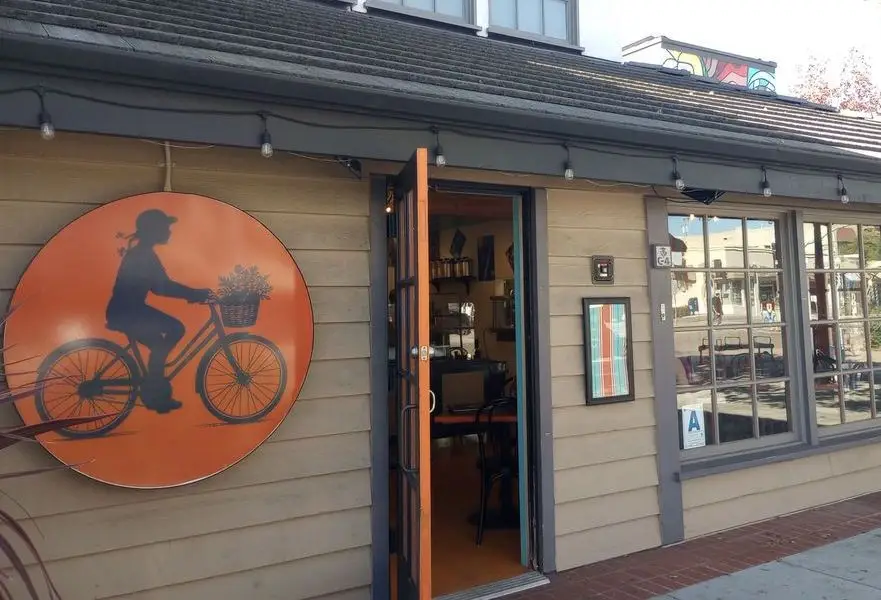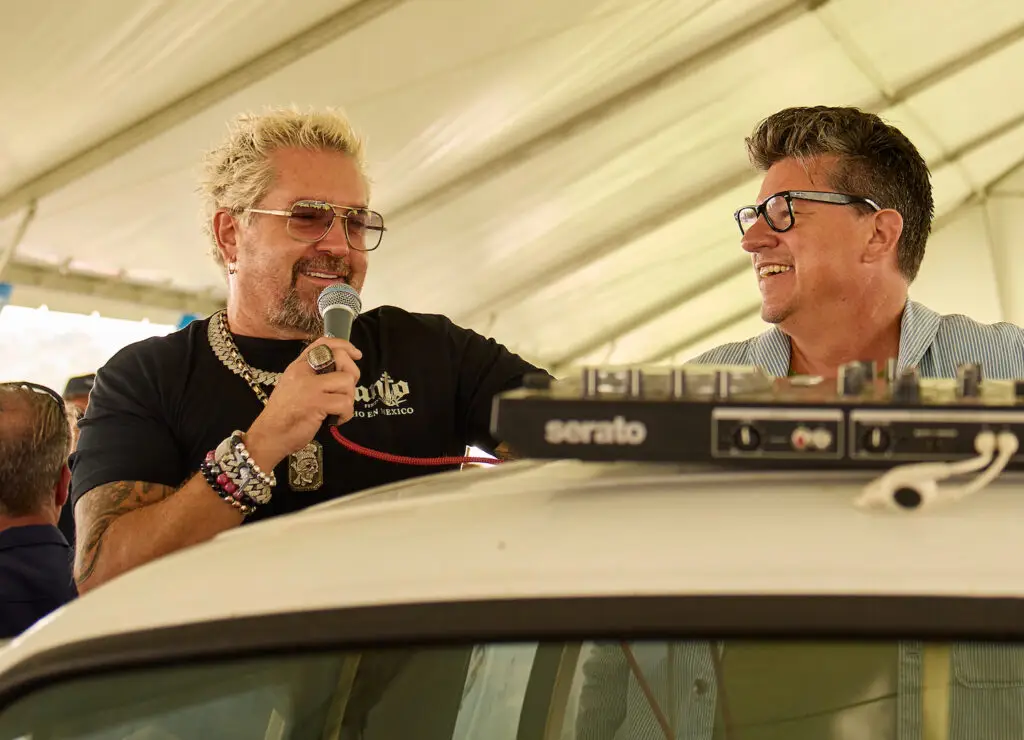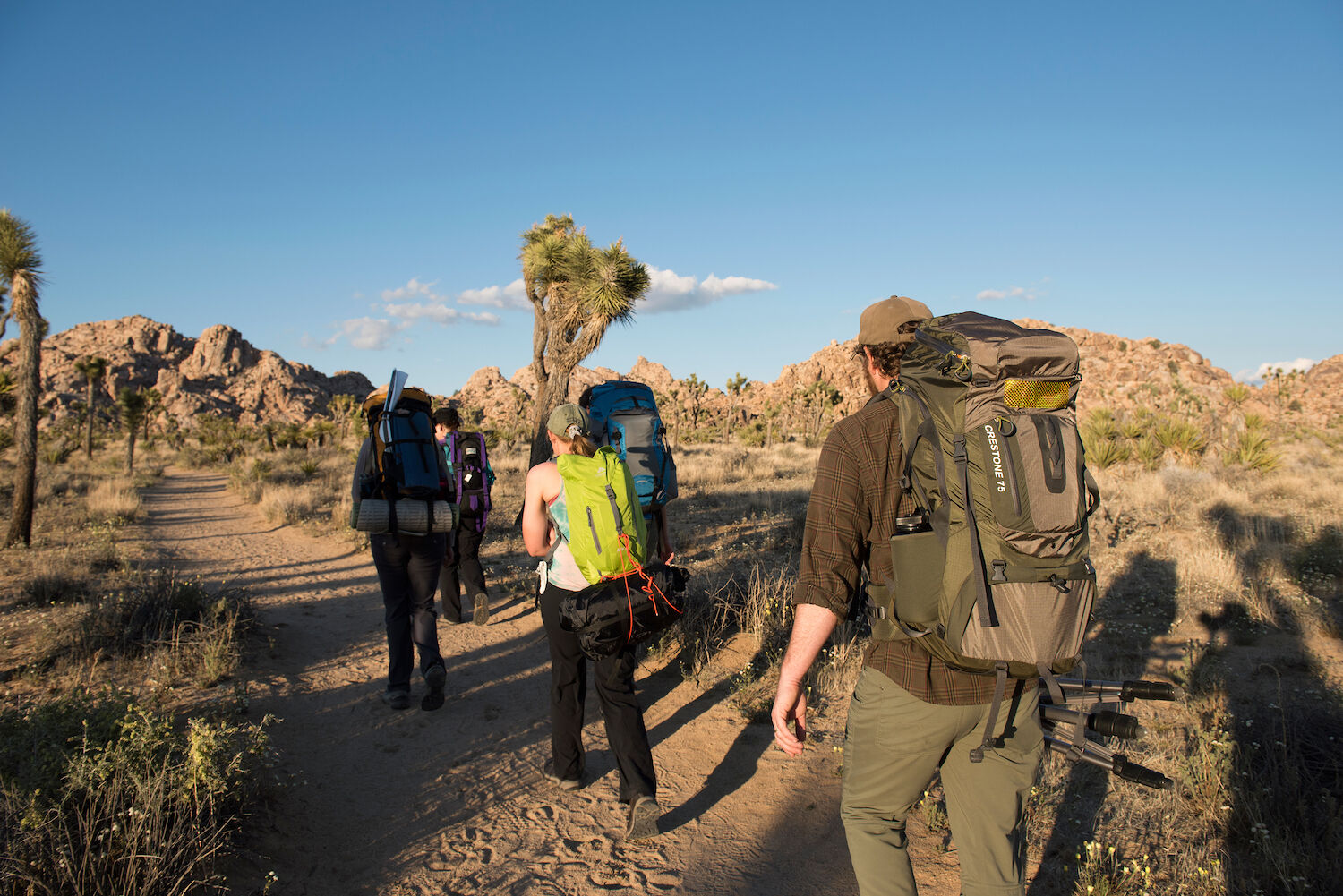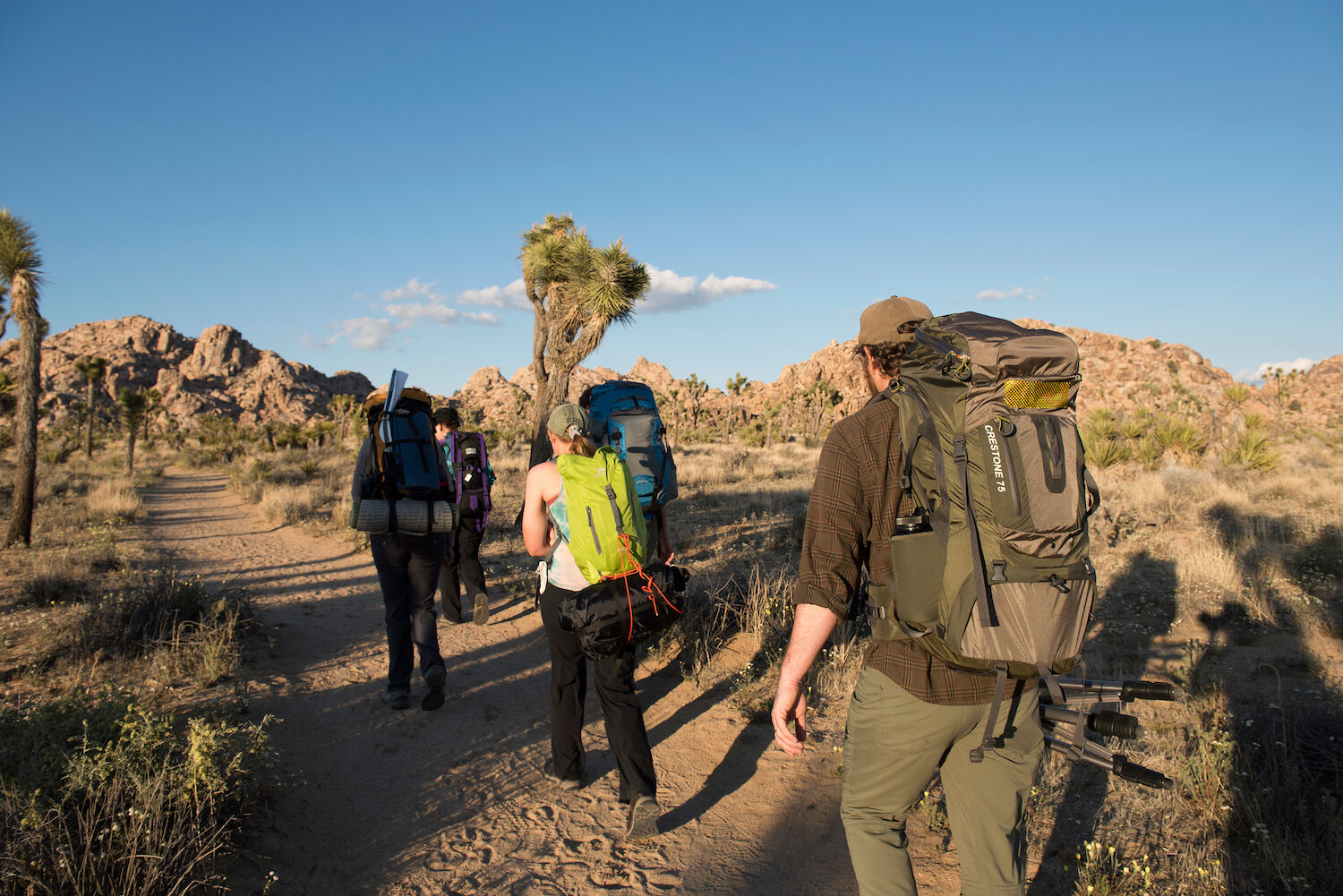
Backpacking Joshua Tree National Park Service Eco-Friendly Backpacking Tips
Courtesy of the National Park Service
Being in nature can change you. Sleeping and eating outside, far away from roads and stores and houses, forces us to unplug, reset, and notice the beauty that’s all around us.
But while you’re soaking in all the benefits of getting outdoors, it’s important that you don’t change nature right back. Conservation experts will remind campers and explorers to “leave no trace”—which means carrying out any trash, respecting wildlife, and letting rocks and plants remain where you found them.
But with so many aspects to consider when aiming to backpack sustainably (from sourcing eco-friendly gear to dealing with human waste), we’re sometimes leaving traces we don’t even notice.
To help you enjoy nature and keep it safe at the same time, we collected tips from two experts: Meg Carney, author and host of The Outdoor Minimalist, and Amber McDaniel, head of content at Sustainable Jungle. Here’s their advice for eco-friendly backpacking:
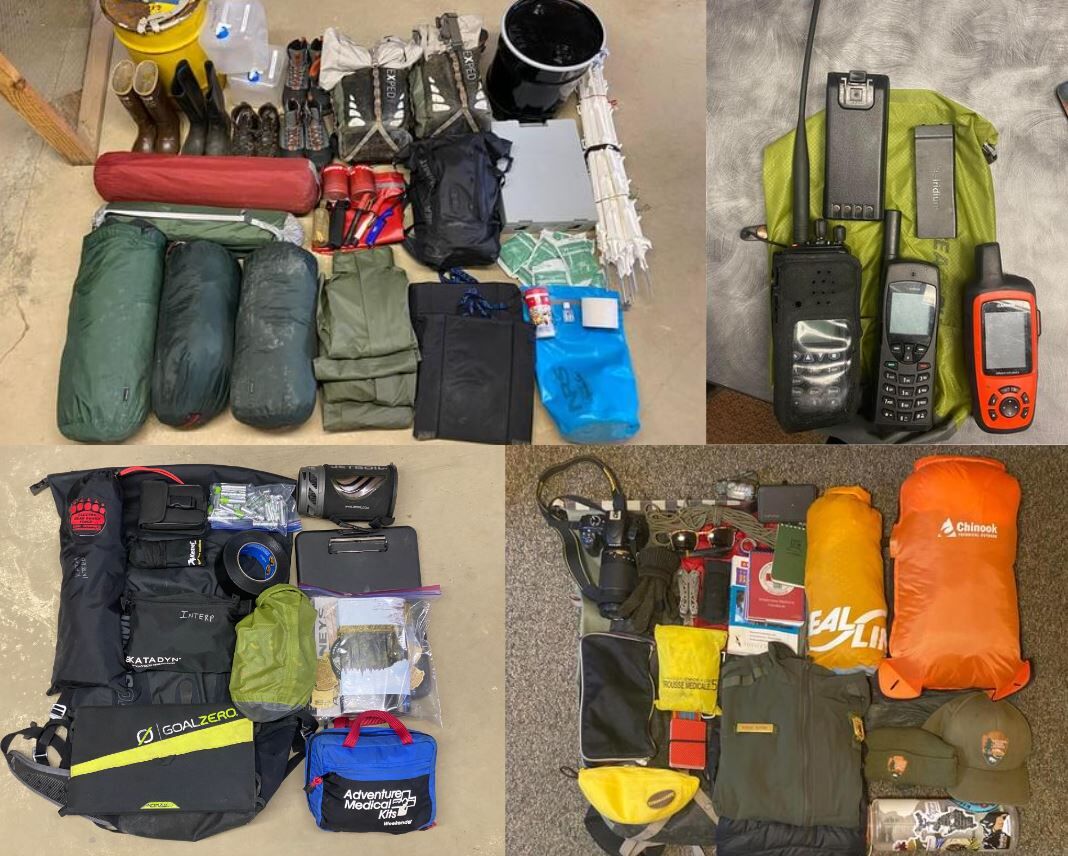
Flat Lay Gear National Park Service Eco-Friendly Backpacking Tips
Courtesy of the National Park Service
Rent or Buy Used Gear
To start, Carney says, if you’re planning a trip, you don’t need to rush to the nearest REI and buy a bunch of new stuff.“You can borrow [or] rent gear so you can see if you actually like the activity,” she suggests. “And then, if you’re investing in gear, especially if you want higher-end brands, it can be helpful to try and buy used equipment from gear consignment stores or Facebook Marketplace.
”If you do need to buy new, Carney advises doing your research and investing in brands with eco-friendliness at their core.“Every reliable company will have a website and so you can easily access their sustainability information,” she says. “If they don’t have [that] on their website, I just avoid that company, because in the outdoor industry, it should be at the forefront of … their marketing.”
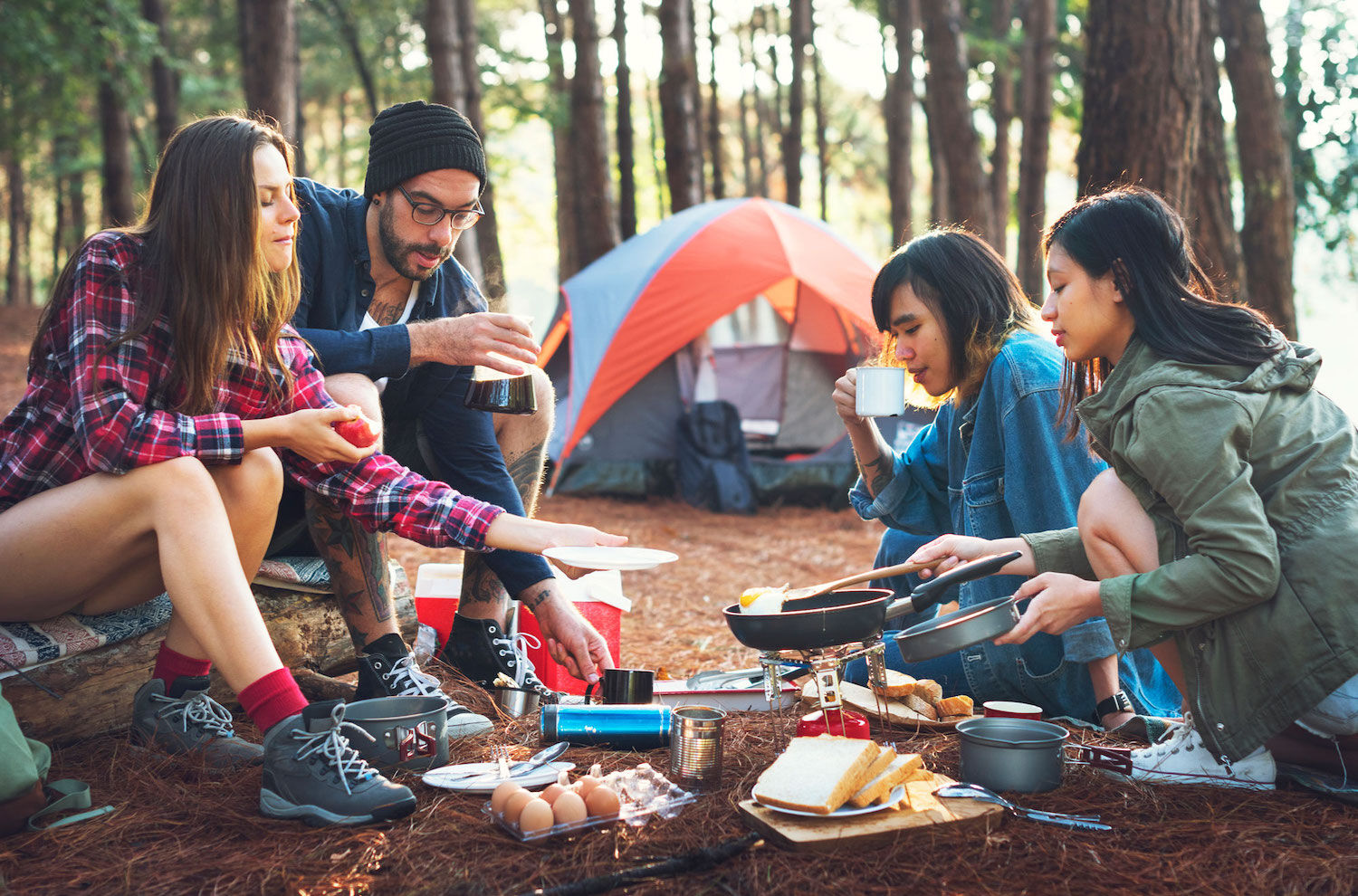
Backpacking Cooking USD Eco-Friendly Backpacking Tips
Courtesy of the USDA
Pack Reusable Containers Vs. Individually Wrapped Items
Food can be one of the most challenging areas to maximize sustainability and minimize waste. Even in normal, non-backpacking life, food packaging is difficult to avoid, and when you’re packing to carry meals and snacks for multiple days, it’s even tougher to skip plastic-wrapped products.
Don’t be too hard on yourself if you overpack or eat a lot of pre-wrapped food on your first trip. Carney recommends keeping all the packaging from the meals and ingredients you purchase for the weekend. “Then you can do a waste audit,” she says. “Bring [the packaging] home and then lay it out on the ground. That physical experience of witnessing the amount of waste that you’re using is a good way to kind of identify and then narrow down areas you can reduce waste on future trips.”
For example, if your food-waste flat lay is full of oatmeal or nut packets, try purchasing oats and trail mix in bulk and dividing into smaller, reusable containers. Carney uses Lunchskins paper sandwich bags and beeswax bags instead of plastic. Energy bars can be tougher, since they usually come individually wrapped, but companies like TerraCycle can recycle the packaging from brands such as GoMacro.
Beyond that, Carney says she pays attention to the systems behind her food, including growing, harvesting, transporting, and processing. “Know where your food is coming from and support companies that are moving in the right direction and doing the right thing,” she emphasizes.
Local and organic fruits, for example, have a smaller footprint than those that traveled thousands of miles to reach your nearest grocery store—and they’re easy to carry, store, and eat without any single-use packaging.
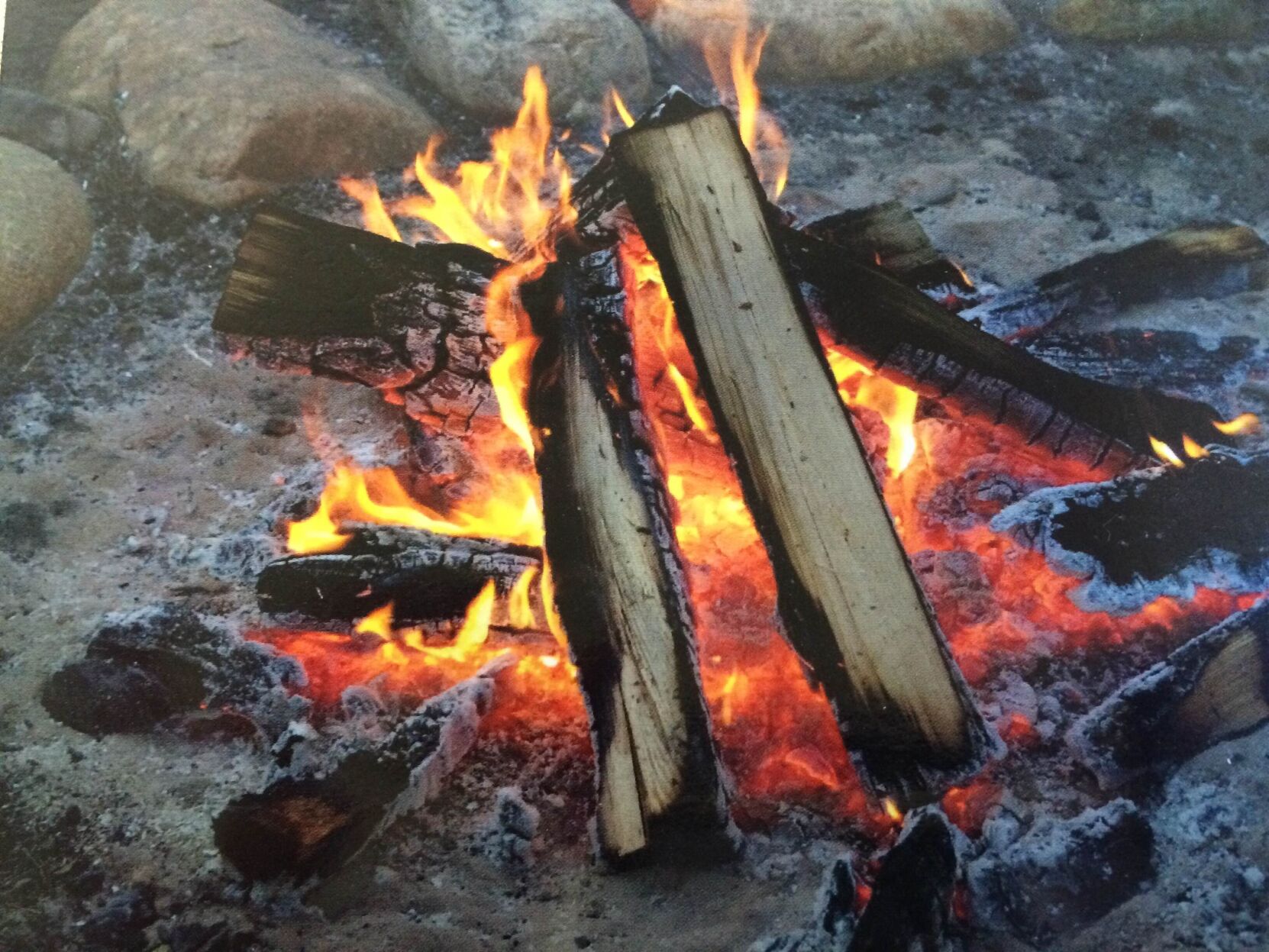
Campfire Cooking Outdoors U.S. Forest Service Eco-Friendly Backpacking Tips
Courtesy of the U.S. Forest Service
Cook Meals With a Stove
If you’re cooking over a campfire, Smokey Bear’s adages apply: Be aware of fire restrictions and put out embers by shoveling dirt over them. But, especially for newbies, it may be best to put down the matches altogether. “Things can get out of control,” McDaniel says. “People don’t know how to build them or where to build them properly.”
She recommends bringing a small backpacking stove like an MSR Pocket Rocket. “I love it because it’s really light,” she says. “The downside is [they require] single-use white gas fuel canisters, which is fossil fuel, but they tend to last quite a while. That’s one of those sacrifices that I’ll make, knowing that it’s less impactful to do that than potentially deciding to build a campfire in an area where I shouldn’t and burning the forest down.”
Most campers know that safety and securely storing food is integral to avoiding unwanted animal visitors. But even water used to cook food needs to be properly disposed of.“If animals get too used to, ‘Oh, look, somebody dumped their water from their dehydrated meal over here and I can eat it,’ then it’s going to attract bears,” McDaniel says. At home, many of us drain the starchy water from pasta or oatmeal down the sink, but it’s completely safe to drink (and nutrient-filled and hydrating, to boot!).
Keeping bears at bay isn’t just safer for humans—it keeps the animals safe, too. Wildlife services have had to euthanize bears who became dependent on human food sources and attacked people as a result.
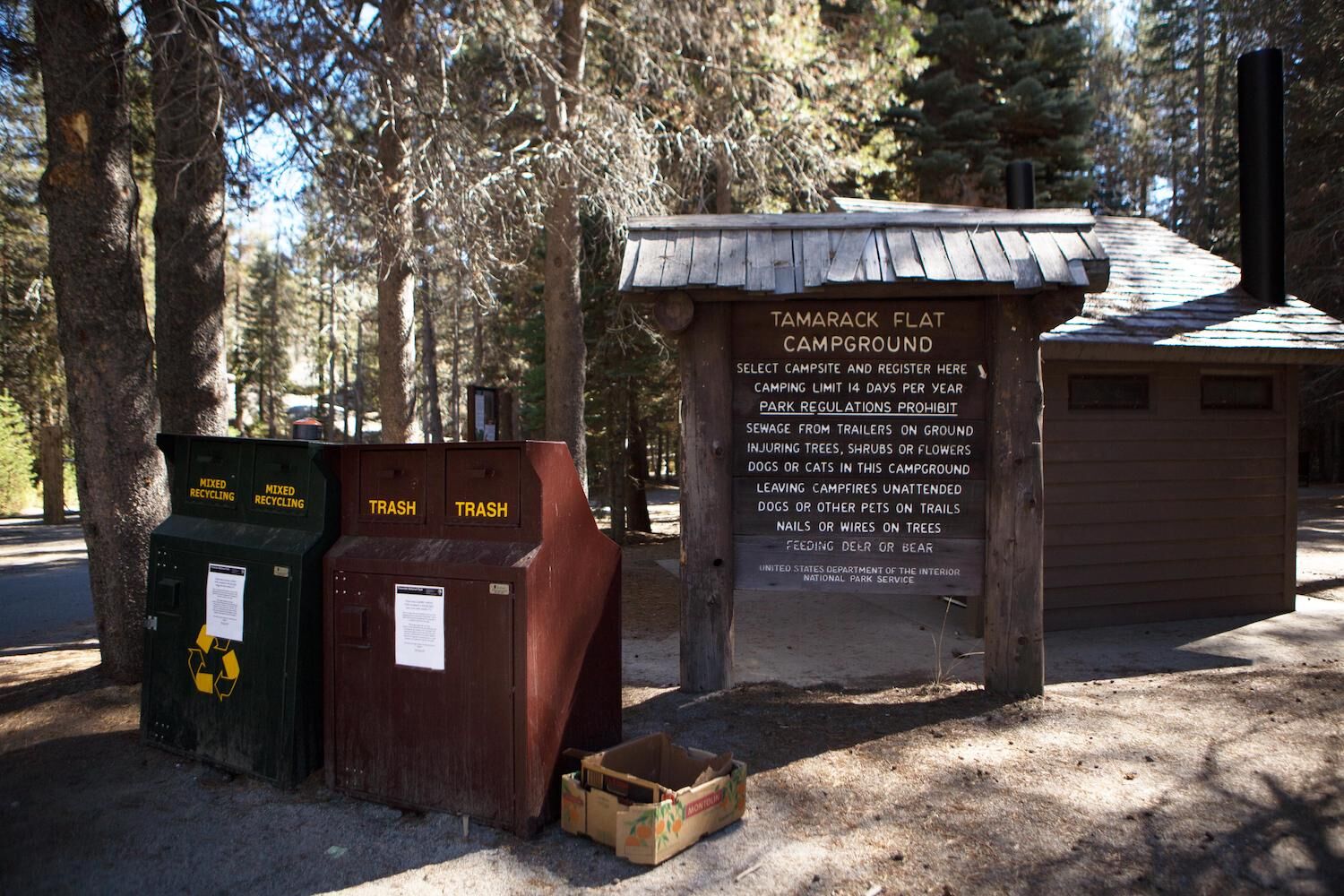
National Park Service Trash How to Clean Eco-Friendly Backpacking Tips
Courtesy of the National Park Service
Use Refillable Bottles For Hygiene Products
Even seemingly innocuous items like toiletries and soaps can create waste and have environmental impacts. To avoid extra packaging, Carney says she goes to zero-waste grocery stores like Earthwell Refill, The Mighty Bin, and The Nada Shop to refill reusable glass bottles with hygiene products and buy toothpaste tablets, shampoo strips, and biodegradable soaps.
But, McDaniel adds, it’s important to be aware of greenwashing. Just because a label says biodegradable doesn’t mean the product is safe to use however you want.
Many of these products “still have phosphates in them,” she says. “When phosphates get into natural waterways, they cause a nutrient overload which leads to eutrophication—essentially a process that [creates] harmful algae blooms that choke out natural plant life and then, eventually, natural fish life, as well. You don’t want any sort of phosphate soap directly in waterways. Your best bet is to use a natural bar of soap that’s made with olive oil and shea butter.”
Still, she says, never wash things directly in waterways. Instead, bring a collapsible bucket and rinse off clothing, dishes, and yourself 50 to 100 feet away from the waterway. “Then you can dump your natural soap in the brush and it’ll break down just fine,” McDaniel continues.
The same goes for brushing your teeth—even when using natural toothpastes, never spit directly into waterways.
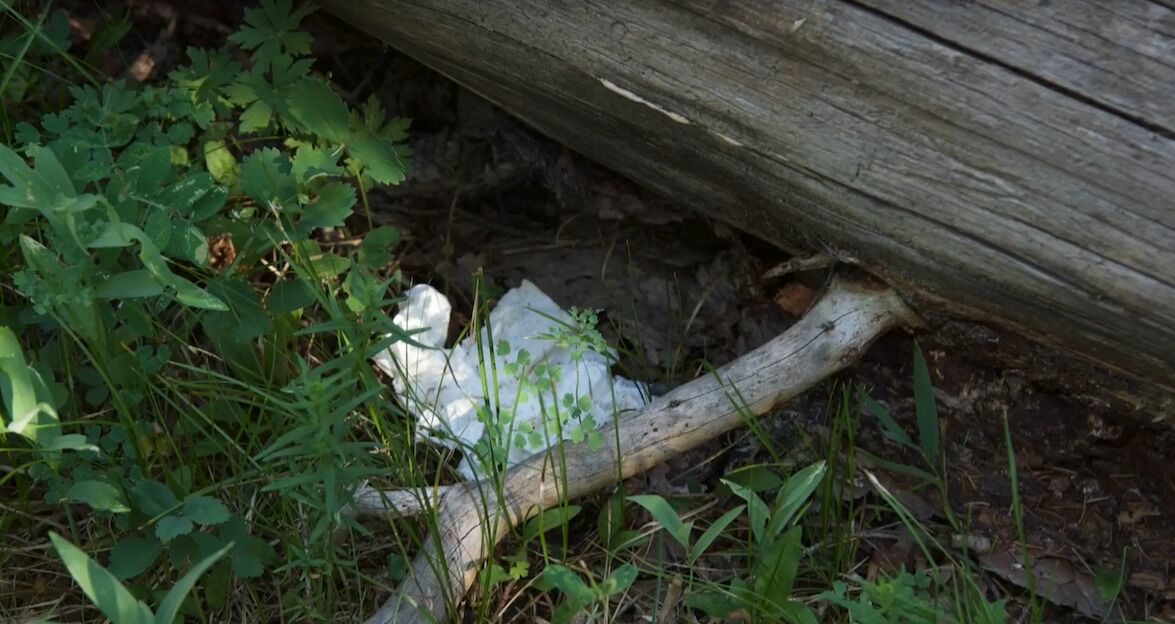
Leave No Trace Toilet Paper Eco-Friendly Backpacking Tips
Courtesy of Leave No Trace
Bathroom Etiquette
Gone are the days when backpackers would just dig a hole and do their business, McDaniel says. Now, popular camping areas require what’s called a “wag bag”—and, even if it’s not mandated, McDaniel recommends it.
Wag bags are sealable, disposable bags used to store dirty toilet paper… and other things. “If you have to go poop, you poop in it,” McDanel explains. “With so many people going out into the woods, [waste left in nature] is going to keep piling up. So the recommendation now is to always pack out your waste.”
This post contains affiliate links to products and services. We may receive compensation when you click on links.

